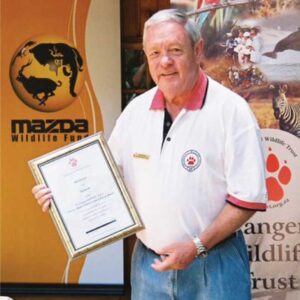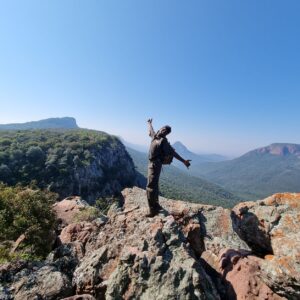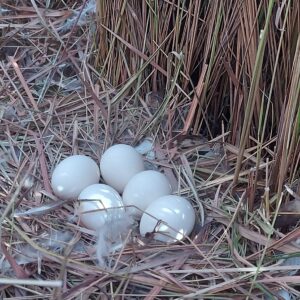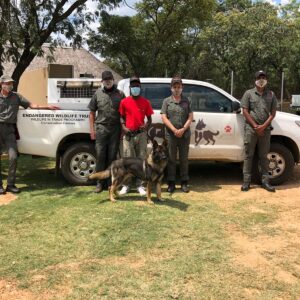
A tribute to a beloved pack member – Pat Fletcher
Pat Fletcher, who sadly passed away on 16 June 2022, was a dedicated conservationist who, working behind the scenes, made an indelible mark on the conservation of large carnivores in South Africa.

Pat Fletcher, who sadly passed away on 16 June 2022, was a dedicated conservationist who, working behind the scenes, made an indelible mark on the conservation of large carnivores in South Africa.

The Endangered Wildlife Trust’s Soutpansberg Protected Area Programme has established a multi-day hiking trail across the Western Soutpansberg.
Our team has been working with these properties’ owners in a truly collaborative effort to establish a world-class trail within the proposed Western Soutpansberg Nature Reserve.

I joined a colleague, Rebo Rachuene from our Birds of Prey Programme, in the field to monitor a grass owl site. Rebo and his colleagues have been monitoring this site for over ten years.

The EWT has been my home for most of my professional life: I have learned so much and had so many rich and unique experiences. It has been wonderful to have worked in an organisation that is both strategic and yet quick to respond, is science-led and credible and yet constantly embraces new ideas, and where co-workers quickly become friends

On 2 May three years ago, Melanie Kwan passed on but made sure that the EWT was included in her will. Her nephew Jayden, aged 12, wrote these wonderful words of tribute to Melanie.

With funding from the IUCN Save Our Species Rapid Action Grant and the European Union, the Endangered Wildlife Trust (EWT) aims to reduce illegal wildlife trade by preventing wildlife poaching. We use our Conservation Canines to achieve this by training and deploying them to detect wildlife products and track poachers.